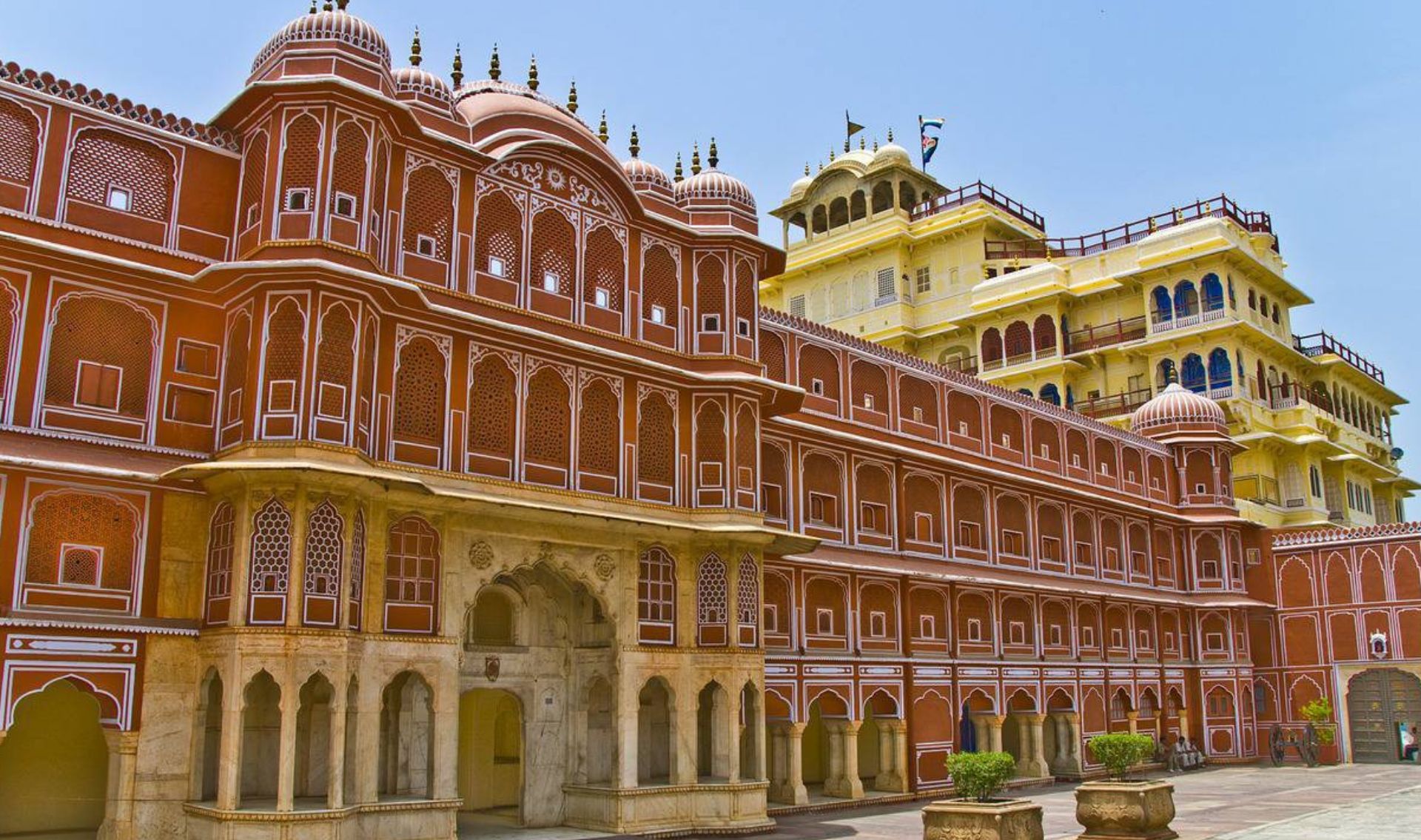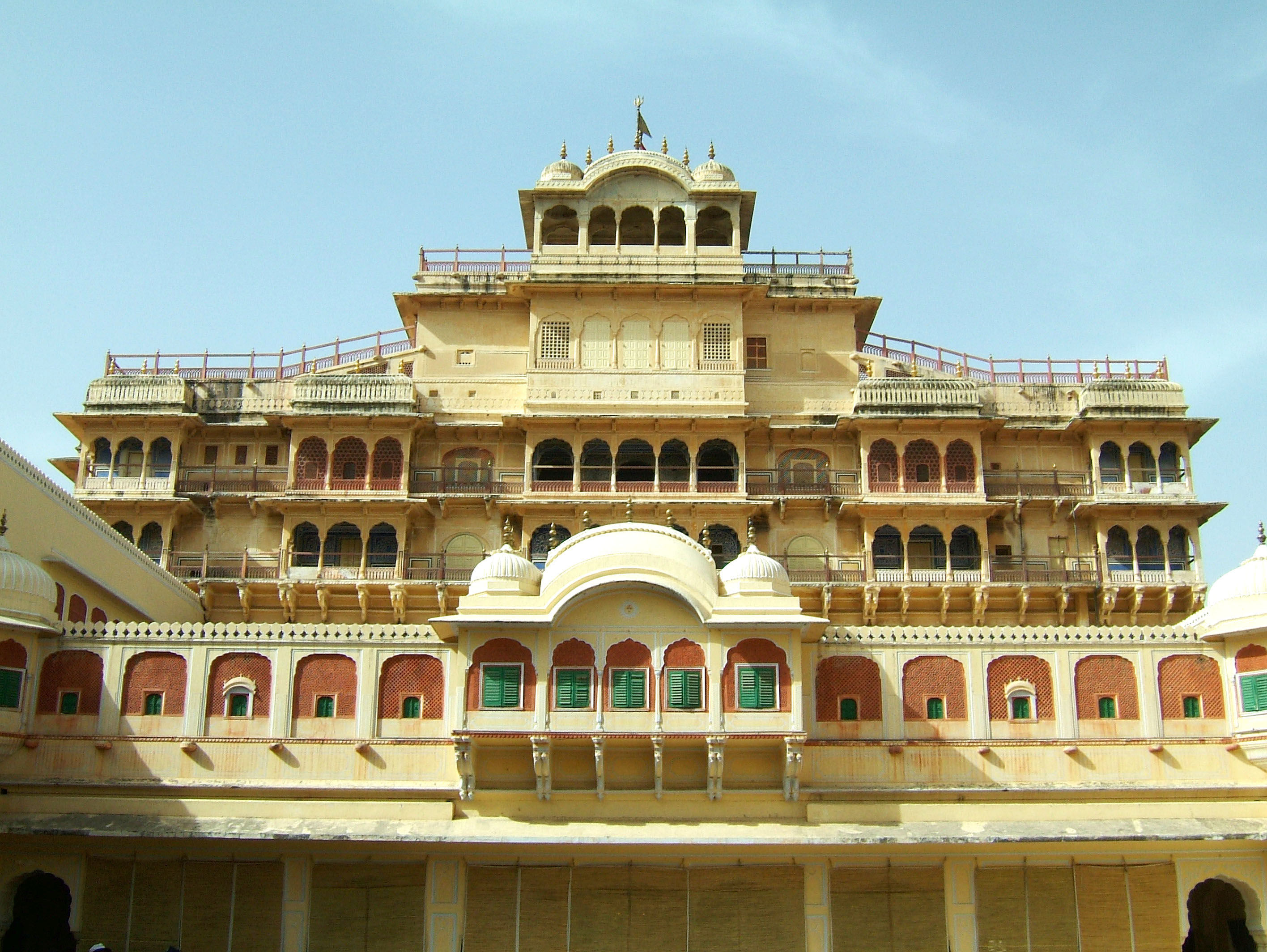The City Palace Of Jaipur India
India is a land of palaces, each with its own unique story and significance. Here, we are going to take you through the six most famous palaces in India that are admired and cherished by people of all ages.
Rashtrapati Bhavan
The Rashtrapati Bhawan, formerly known as the Viceroy's House, is the official residence of the President of India. This magnificent palace is located at the heart of the Indian capital, New Delhi. The Rashtrapati Bhavan was designed by the British architect Sir Edwin Lutyens and was completed in 1929. The palace boasts of four floors and 340 rooms, with a total floor area of about 200,000 square feet.
The Rashtrapati Bhavan is a fine example of European and Indian architectural styles that are seamlessly blended to create a masterpiece. The palace is surrounded by sprawling gardens that cover an area of about 330 acres. The Mughal Gardens, one of the main attractions of the Rashtrapati Bhavan, are open to the public every year from February to March.
City Palace, Jaipur

The City Palace in Jaipur is a magnificent palace complex that was built in the 18th century by Maharaja Sawai Jai Singh II. The palace is a fine example of Rajasthani, Mughal, and European architectural styles that are seamlessly blended to create a masterpiece.
The City Palace is located in the heart of Jaipur and is spread over a total area of about 7 acres. The palace boasts of several buildings, courtyards, gardens, and temples. The various buildings in the palace complex are connected by a series of courtyards, which are adorned with fountains, gardens, and decorated gates.
Umaid Bhawan Palace
The Umaid Bhawan Palace is a palace complex located in Jodhpur, Rajasthan. The palace was built in the 20th century by Maharaja Umaid Singh and is presently the residence of the Jodhpur royal family. The palace is also known as the "Chittar Palace" because of the Chittar sandstone used in its construction.
The Umaid Bhawan Palace is a stunning example of the Art Deco style of architecture, which was in vogue during the 1920s and 1930s. The palace boasts of 347 rooms, several courtyards, gardens, and a museum that showcases the history and culture of the Jodhpur royal family. The palace is also home to several fine-dining restaurants, a spa, and a swimming pool.
Hawa Mahal
The Hawa Mahal, also known as the "Palace of Winds", is a palace located in Jaipur, Rajasthan. The palace was built in 1799 by Maharaja Sawai Pratap Singh and was designed by Lal Chand Ustad. The palace is a fine example of Rajputana architecture and is famous for its intricate latticework and beautiful balconies.
The Hawa Mahal was built as a place for the royal ladies to watch the processions and other activities that took place on the streets below, without being seen by the commoners.
Mysore Palace
The Mysore Palace, also known as the Amba Vilas Palace, is a palace located in Mysore, Karnataka. The palace was built in the early 20th century by the Wodeyar dynasty and is one of the most famous tourist attractions in South India.
The Mysore Palace is a stunning example of the Indo-Saracenic style of architecture and is a fine blend of Hindu, Muslim, and Rajput styles. The palace boasts of several buildings, courtyards, gardens, and a museum that showcases the history and culture of the Wodeyar dynasty.
Laxmi Vilas Palace
The Laxmi Vilas Palace is a palace located in Vadodara, Gujarat. The palace was built in the 19th century by Maharaja Sayajirao Gaekwad III and is one of the largest palaces in India. The palace has several buildings, courtyards, gardens, and a museum that showcases the history and culture of the Gaekwad dynasty.
The Laxmi Vilas Palace is a stunning example of the Indo-Saracenic style of architecture and is a fine blend of Hindu and Islamic styles. The palace boasts of several grand halls, each of which is adorned with exquisite murals, paintings, and sculptures.
History
The history of palaces in India is as old as the country itself. The earliest palaces were built by the kings and emperors of ancient India, such as the Mauryas, the Guptas, and the Mughals. These palaces were grand structures that housed the royal families, their entourage, and the administrative staff.
After India came under the British rule, many new palaces were built by the local rulers and princes. These palaces were designed by British architects and engineers and were built using modern techniques and materials. These palaces were a blend of the Indian and the European architectural styles.
Even after India gained independence, the tradition of building palaces continued. Many of the new palaces that were built after independence were intended for use as official residences of the elected representatives or as tourist attractions.
Travel Tips
If you plan to visit any of these palaces, here are a few travel tips that might come in handy:
- Plan your visit well in advance to avoid last-minute hassles.
- Carry a valid ID proof and your entry tickets for the palace.
- Wear comfortable shoes as you might have to walk a lot.
- Carry a bottle of water and a hat or an umbrella to protect yourself from the sun.
- Follow the palace rules and regulations and be respectful towards the palace staff.
FAQ
Q: Can I take photographs inside the palace?
A: Yes, you can take photographs inside the palace, but you might have to pay an extra fee for it.
Q: Are there any guided tours available inside the palace?
A: Yes, most of the palaces offer guided tours that give you a detailed insight into the palace's history and architecture.
Q: Can I visit the palace at any time of the year?
A: Yes, most of the palaces are open to the public throughout the year, except on certain national holidays.
Q: Are there any dress codes that I need to follow while visiting the palace?
A: Yes, some palaces might have a dress code that you need to follow. It is always better to check with the palace authorities in advance.
In conclusion, India's love for grand palaces and monuments is visible everywhere. The palaces listed above are just a few of the many grand palaces that India has to offer. So, if you are planning a trip to India, don't forget to include these grand palaces in your itinerary.



Post a Comment for "The City Palace Of Jaipur India"